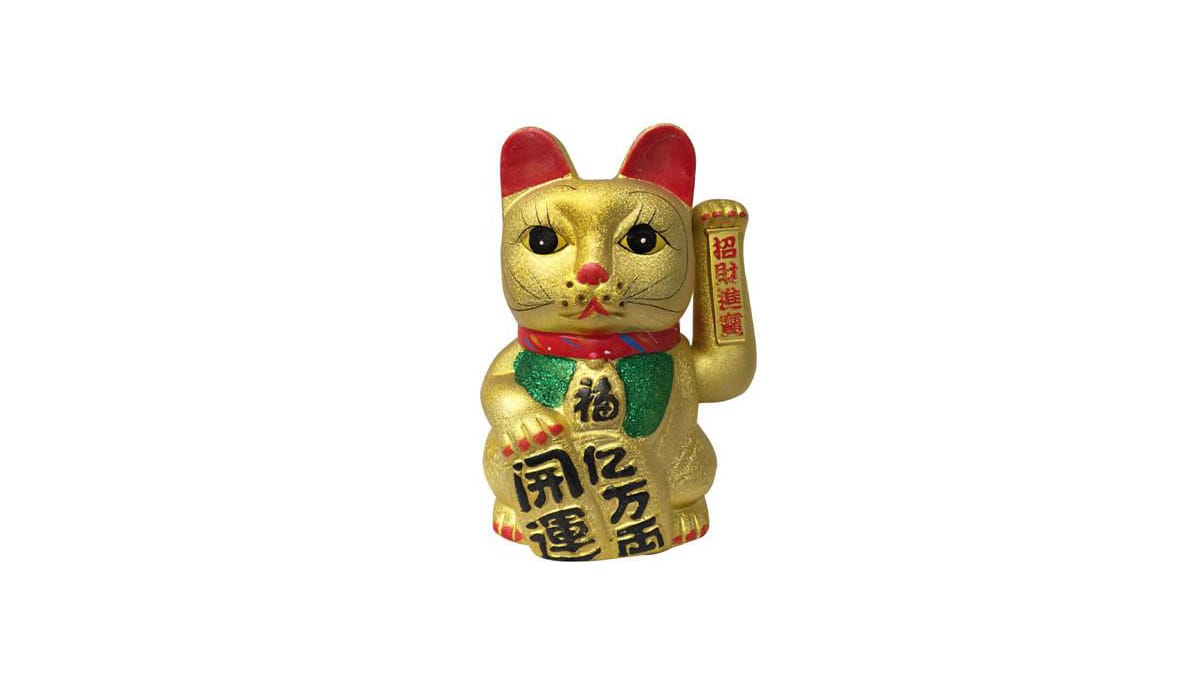The World Gallery opened in 2018, after years of hard work put in by the Horniman team. I eagerly awaited seeing what fascinating objects would be on display from around the world.
One of my favourite objects is the one that you are most likely to find out and about, perhaps on a walk along a beach. This object is displayed in the British charms section in the Europe Encounter and is a Hag Stone.
A Hag Stone, also known as an adder stone, is a stone that has a naturally occurring hole through it. Such stones were, and sometimes still are, believed to have magical properties. These supposedly include the ability to heal a snake bite, or see through the disguise of a witch or fairy by looking through the hole.
These charms in the Horniman were collected by Edward Lovett, an avid collector of amulets and objects related to traditions and magic. Many UK museums have objects from his collection. He wrote about them, gave talks and curated a 1916 exhibition called ‘The folklore of London’ held at the Wellcome Historical Medical Museum. His book ‘Magic in Modern London’, about folklore and charms, was published in 1925.
Curator Tom Crowley talks about the hag stone
I personally am fascinated by everyday objects that are steeped in stories and folklore over time. There are a variety of other stones on display in the World Gallery that were thought to have special powers. Some of these were described by Edward Lovett in such diverse manners as;
- ‘Sailors charm’
- ‘Holed flint that were hung up in a pig-sty probably to protect the pigs from swine-fever.’
- ‘Holed stone carried as protection against lighting.’
- ‘Stone carried by a shelter to protect his sheep from getting foot-rot.’
- ‘Holed flint carried as a charm against bleeding of the nose.’
The existence of these charms tells us the dangers that people at the time faced and what they wanted to be protected from.
They were believed to have special powers that centred on protection and luck. I am very interested in both of these concepts but especially luck, as it seems intangible and more of a belief.
A belief refers to what a person understands to be true in the world. A belief system is the set of stories and realities about the world that a person believes to be true. It includes religious beliefs, morals and what one defines as right or wrong.
What is luck?
The dictionary definition of luck is:
Success or failure apparently brought by chance rather than through one’s own actions.
Luck is interpreted and understood in many different ways, so I thought I would also ask some of our visitors to see what luck meant to them.
The hope that something great will happen to you.
This shows the visitor has an optimistic belief in luck that by random chance the experience of notably positive improbable events can happen.
It's in here (points to head) there’s no such thing as luck really. I drive a motorbike I should know.
Thinking of luck as a fallacy, the rationalist thinks that the belief in luck is a result of poor reasoning or wishful thinking. Philosopher Daniel Dennett wrote that “luck is mere luck” rather than a property of a person or thing.
Luck is fortunate coincidence.
Luck refers to that which happens to a person beyond that person’s control. This view incorporates phenomena that are chance happenings, a person’s place of birth for example, but where there is no uncertainty involved, or where the uncertainty is irrelevant. Carl Jung coined the term ‘synchronicity’, which he describes as “a meaningful coincidence”.
Something good unexpectedly happening.
While discussing luck in the galleries I was told this story.
Once when my family and I went to the rugby and bought some Golden Haribo Bears our team won, so now we always buy golden bears when we go to the rugby.
This is an example of someone making their own lucky charm. That luckiness is attributed to an object, in this case Golden Haribo Bears. This has become their personal ritual and is also a tasty snack for half time.
Lucky objects
In 2016, the Horniman asked visitors to bring in their charms. The pictures below offer a snapshot of the sort of charms that people carry today.

There are many recognisable objects here, as well as traditions that we consider to be lucky. Many superstitions are related to luck.
These superstitions are often specific to a given culture or set of related cultures, and are even sometimes contradictory. For example, lucky symbols in Christian-influenced cultures often contain the number seven, but in Chinese-influenced cultures it is usually the number eight. A horseshoe is considered a lucky object, but often unlucky when it’s upside down.
Philosopher Slavoj Zizek describes a horseshoe being lucky as an ideology, through this story.
A friend was visiting in the home of Nobel Prize winner Niels Bohr, the famous scientist. As they were talking, the friend kept glancing at a horseshoe hanging over the door. Finally, unable to contain his curiosity any longer, he demanded:
“Neil’s, it can’t possibly be that you, a brilliant scientist, believe that foolish horseshoe superstition!?”
“Of course not,” replied the scientist. “But I understand it’s lucky whether you believe it or not.”
This ideology refers to lucky charms as a social idea that help to define a particular culture. Ideologies and beliefs are closely related and those that share ideologies often have similar belief systems.
Why are things unlucky?
Other unlucky things include opening an umbrella inside, walking under ladders, and toasting with water.
The reasons for things being unlucky is often lost over time. They become ideas that are simply part of our culture, which links back to them being an ideology.
The reason behind these things being unlucky could be as simple as the fact that if you open an umbrella inside you might poke someone in the eye. Or they could be more complex and rooted in myth.
The unluckiness of toasting with water relates to a superstition from Greek mythology.
Ancient Greeks toasted their dearly departed with glasses of water. It was a homage to the River Lethe, upon which the deceased sailed to the underworld. Toasting someone with water was considered akin to wishing them (and maybe yourself) death by drowning. Ancient Greek gods might also see a raised glass of water and consider that an invitation to shower you in misfortune.
Two Canadians, Peter R. Darke and Jonathan L. Freedman, developed the Belief in Good Luck Scale in 1997. Conducting three studies showing the differences in beliefs of luck with an amazing conclusion:
Belief in good luck was not related to general optimism, academic pessimism, self-esteem, desire for control, or achievement motivation. There was also evidence that belief in good luck was distinct from feeling fortunate or generally satisfied with one’s life.
Ethnic group differences were observed for the BIGL scale, showing that Asian-Americans were more likely to endorse superstitious beliefs about luck than non-Asians. Finally, the BIGL scale was shown to predict positive expectations for the outcome of everyday situations that are typically associated with luck.
This is generally in agreement with previous findings suggesting that people who believe in personal good luck react to lucky events by becoming more positive about the likelihood of future success.
In general, it is suggested that irrational beliefs about luck can serve as a source of positive expectations for the outcome of future events.
The types of protective objects used to bring luck aren’t just found locked away in Museums, they are all around us. I’ve gone around my local area and it didn’t take me long to find some. Here’s just a few I found.
The Evil Eye

This talisman is known as the evil eye and is thought to bring good luck by protecting against the evil eye. The evil eye is a malicious glare given to someone out of spite, malice or envy, which brings, misfortune, suffering or just general bad luck to the recipient of the look.
The eye-like symbols are known as Nazars, a word deriving from Arabic, meaning sight, surveillance, attention and other related concepts. They are a common sight across many countries, including:
- Greece
- Brazil
- Albania
- Lebanon
- Turkey
- Palestine
- Egypt
- Jordan
- Bangladesh
- Pakistan
- India
- Afghanistan
- Syria and many more.
They have become a popular choice of souvenir with tourists.
Maneki-Neko

The Maneki-Neko (beckoning cat) is a common Japanese figure which is believed to bring good luck. This lucky figure shows a cat (traditionally a calico Japanese Bobtail) beckoning with an upright paw, and is usually displayed in shops to invite customers in. There are many stories about the origins of Maneki-Neko, the most popular being the legend of Gotogu temple.
In the 17th century, a poor monk lived in a small temple in Tokyo. Although his life was very difficult, he shared his own meager meals with his pet cat, Tama. One day, Lord Nakaota Ii of the Hikone district was on the way to hunt when suddenly a storm came, and he had to seek safety under a big tree near the temple.
Sheltering there, he noticed the cat, Tama, raising one paw as if waving him to the temple. Curious, he left his cover and headed for the temple to have a better look at the strange cat. As he did so, a lightning bolt destroyed the tree he had just stood beneath. Nakaota was so grateful, he became the patron of the temple, repaired it to become more spacious and in 1697 renamed it Gotoku temple. When Tama died, he was buried in a special graveyard for cats. In the temple, a statue of Maneki-neko was made to commemorate this special cat that has been revered ever since.
Alternatively, according to a folktale the operator of an impoverished shop (or inn, tavern, temple, etc.) took in a starving stray cat despite barely having enough to feed himself. In gratitude, the cat sat in the front of the store beckoning customers, thus bringing prosperity as a reward to the charitable proprietor. Ever after, the "beckoning cat" has been a symbol of good luck for small business owners.
These figures come in different colours, styles and ornateness. Some are electric or battery powered and have a slow moving paw. They can be found as keychains, piggy banks, air fresheners, house plant pots as well as large statues.
Fingers crossed

When someone crosses their fingers in this way it is commonly used to wish good luck or to hope strongly that something will happen.
The exact origins of this custom are unknown, but there are a few theories.
One is that the practice pre-dates Christianity. Supposedly, there were people who believed in a “sacred geometry” which said that good spirits resided at the intersection of crosses. Because of this, people would make wishes by crossing their index finger with another person’s index finger, thinking that the good spirits would make their wish come true.
It is also thought that the act of crossing ones fingers started when Christianity was in its infancy. At this time, Christianity was outlawed. Early followers were forced into secrecy and they are known to have developed signs and symbols that allowed them to recognize each other. One of those signs is thought to have been crossing fingers, though not quite the way we do it today.
In the early stages, members of Christianity probably made a cross with another person, sort of like a secret handshake. In this case, each member would present their thumb and index finger in the shape of an “L”. Their thumbs would touch, and their index fingers would cross, making a symbol not unlike today’s Christian fish symbol.
It’s thought that this developed into the person crossing their fingers sometime around the Hundred Years’ War in the fourteenth and fifteenth century. During bloody battles, soldiers needed Gods favour, or a little luck, to see them through, and crossing fingers with someone wasn’t exactly practical. As this gesture evolved, people used it not just for God’s favour or luck, but to ward off evil and illnesses, among other things.
These days, you don’t have to cross your fingers, with many simply saying “fingers crossed” or “I’ve got my fingers crossed for you”. However crossing your fingers isn’t lucky everywhere. In Vietnam, it is considered to be rude as it symbolizes a woman’s private parts.
I feel very lucky to live in such a vibrant community with people from around the world. To be able to learn about other cultures with fascinating traditions and discover the common beliefs we all share.
Looking into this one object in the World Gallery has led me down a rabbit hole of discovery.
This is what I find amazing about the Museum; it can inspire us in so many different ways and the objects in the collection can show us that cultures are all different, but connected through shared concepts such as luck.
Do you have any lucky traditions?


